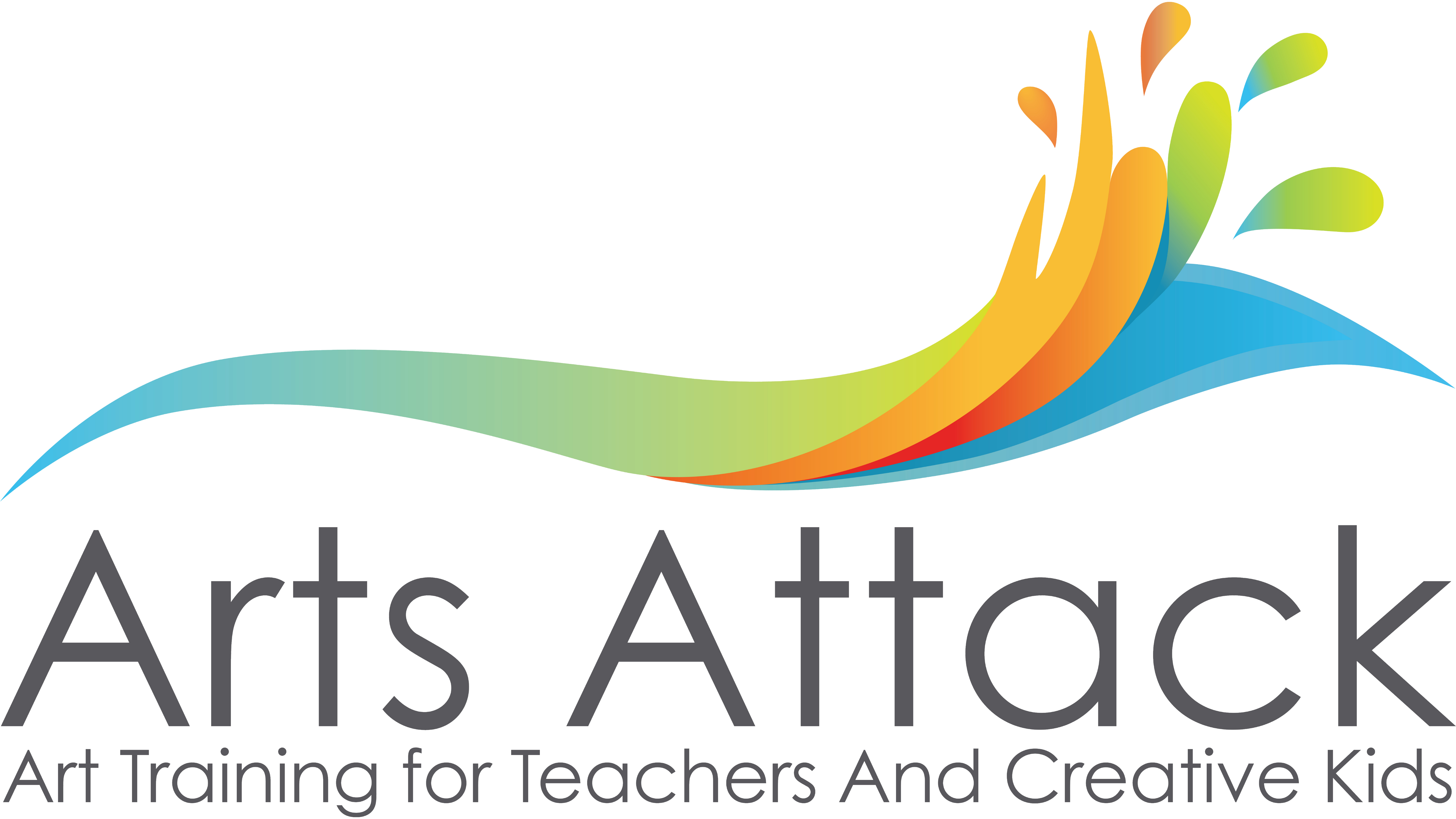
Why Art Matters
Worldwide the Arts are considered fundamental.
 Art is taught at every grade level and is considered to be part of the core curriculum.
Art is taught at every grade level and is considered to be part of the core curriculum.
However, in much of the United States, despite mounting studies and evidence of the value the Arts contribute to the educational process, It is still too often considered to be supplemental (nice to have, but non-essential).
Development of the right and right/left brain connections:
We all have two hemispheres in our brains. The left hemisphere is verbal, analytical, logical, rational and linear. The right hemisphere is intuitive, creative, holistic, spatial, and visual. In order to function anywhere near our full potential we need to utilize our entire brain and to train the two hemispheres to work together, yet most schools spend over 95% of the time in left-brain activity and almost no time developing the right brain and the connections between the two hemispheres. This results in "Cookie-Cutter Kids" instead of "creative students who can think outside the box." It is generally agreed that training in the Arts offers the best approach to developing the right brain.
Development of other intelligences:
 Howard Gardner, Professor of Education at Harvard and Professor of Neurology at Boston University Medical School has shown that we have seven intelligences or ways of learning and expressing ourselves. Two of them (Linguistic and Logical/Mathematical) reside primarily in the left brain. On the other hand, five (Spatial/Visual, Musical, Kinesthetic, Intrapersonal and Interpersonal) reside primarily in the right brain.
Howard Gardner, Professor of Education at Harvard and Professor of Neurology at Boston University Medical School has shown that we have seven intelligences or ways of learning and expressing ourselves. Two of them (Linguistic and Logical/Mathematical) reside primarily in the left brain. On the other hand, five (Spatial/Visual, Musical, Kinesthetic, Intrapersonal and Interpersonal) reside primarily in the right brain.
Improved performance in school:
 An increasing number of independent studies have established strong correlations between an arts education and performance in other subjects giving high SAT scores, reduction of drop-out rates and feelings of self-confidence. Given the roles that the Arts play in developing creative problem-solving and right-left brain function and coordination, this is not at all surprising.
An increasing number of independent studies have established strong correlations between an arts education and performance in other subjects giving high SAT scores, reduction of drop-out rates and feelings of self-confidence. Given the roles that the Arts play in developing creative problem-solving and right-left brain function and coordination, this is not at all surprising.
Improved success in one’s career:
 According to Robert Root-Bernstein, professor of Physiology and MacArthur Prize Fellow at Michigan State University: "Studies show that neither mathematical nor verbal reasoning tests are useful indicators for future careers in science and technology, but high visual imaging ability is. One study found that high aptitude in arts and music is much more predictive of career success in any field rather than the results of grades, IQ, or any other standardized measures. The arts, despite a reputation for being subjective, emotional and non-intellectual, make science and invention possible."
According to Robert Root-Bernstein, professor of Physiology and MacArthur Prize Fellow at Michigan State University: "Studies show that neither mathematical nor verbal reasoning tests are useful indicators for future careers in science and technology, but high visual imaging ability is. One study found that high aptitude in arts and music is much more predictive of career success in any field rather than the results of grades, IQ, or any other standardized measures. The arts, despite a reputation for being subjective, emotional and non-intellectual, make science and invention possible."
Learning to see and to experience:
 Seeing and experiencing with the right brain is very different from seeing or experiencing with the left brain leading to a richer and more fulfilling life. "How very dull, how very drab our children’s lives would be, if they looked but did not see, touched but did not feel, listened but never took a curtain call."
Seeing and experiencing with the right brain is very different from seeing or experiencing with the left brain leading to a richer and more fulfilling life. "How very dull, how very drab our children’s lives would be, if they looked but did not see, touched but did not feel, listened but never took a curtain call."
Wilson Riles
